Zinnia Companion: The Perfect Flower For Your Garden
Zinnia Companion: The Perfect Flower for Your Garden
Zinnias are one of the most popular flowers in the world, and for good reason. They're easy to grow, come in a wide variety of colors, and attract pollinators like bees and butterflies. But did you know that zinnias can also be beneficial to other plants in your garden?
That's right, zinnias can make great companion plants. When you plant zinnias near other plants, they can help to improve the health and productivity of those plants.
In this blog post, we'll discuss the benefits of companion planting with zinnias, and we'll give you some tips on how to choose the right companion plants for your garden.
Benefits of Companion Planting with Zinnias
There are many benefits to companion planting with zinnias. Here are a few of the most important:
- Attract pollinators. Zinnias are a magnet for pollinators like bees and butterflies. These pollinators are essential for the health of your garden, as they help to pollinate flowers and fruits.
- Improve soil health. Zinnias help to improve soil health by adding nutrients and organic matter. They also help to suppress weeds and pests.
- Discourage pests. The strong scent of zinnias can help to deter pests like aphids, whiteflies, and beetles.
- Increase yields. Companion planting with zinnias can help to increase the yields of other plants in your garden.
How to Choose Companion Plants for Zinnias
When choosing companion plants for zinnias, there are a few things to keep in mind. First, you'll want to choose plants that have similar growing conditions. Zinnias need full sun and well-drained soil, so you'll want to choose companion plants that also thrive in these conditions.
Second, you'll want to choose plants that have different strengths and weaknesses. For example, zinnias are susceptible to aphids, so you might want to choose companion plants that repel aphids.
Finally, you'll want to choose plants that complement each other's colors. Zinnias come in a wide variety of colors, so you have plenty of options when it comes to choosing companion plants.
Here are a few of the best companion plants for zinnias:
- Cucumbers. Cucumbers and zinnias are both heavy feeders, so they benefit from being planted together. Zinnias also help to deter cucumber beetles.
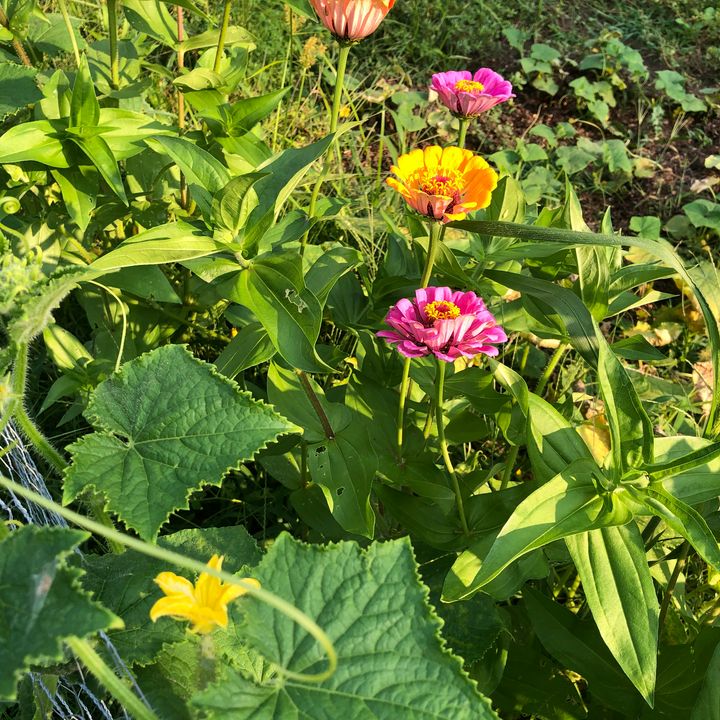
- Marigolds. Marigolds help to repel aphids, whiteflies, and other pests. They also have a strong scent that can help to deter rabbits and deer.

- Calendula. Calendula is another flower that helps to repel pests. It also has medicinal properties that can help to heal wounds and prevent infections.

- Basil. Basil is a great companion plant for zinnias because it attracts pollinators. It also has a strong scent that can help to deter mosquitoes.
- Tomatoes. Tomatoes and zinnias both benefit from being planted together. Zinnias help to attract pollinators, which can help to improve the pollination of tomatoes.
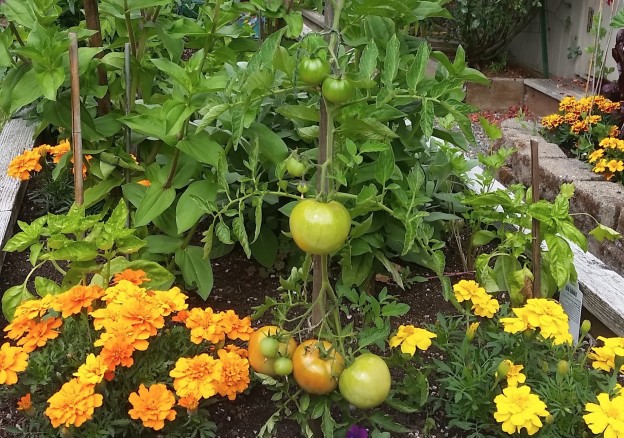
- Peppers. Peppers and zinnias also benefit from being planted together. Zinnias help to attract pollinators, and they also help to deter pests like aphids.
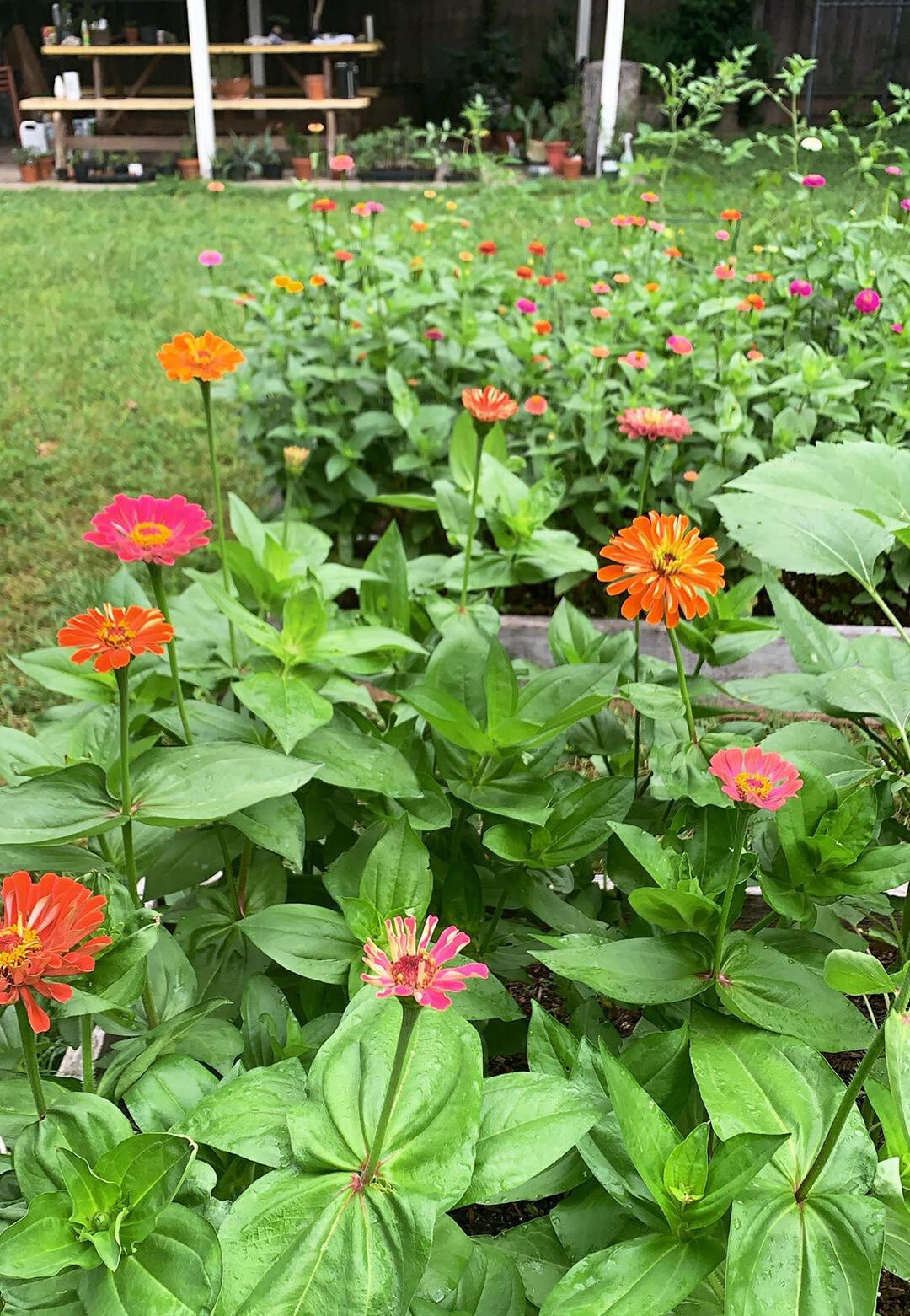
Conclusion
Zinnias are a beautiful and easy-to-grow flower that can add a lot of color and life to your garden. They're also a great choice for companion planting, as they can help to improve the health and productivity of other plants in your garden.
If you're looking for a versatile and beneficial flower to add to your garden, zinnias are a great option. With so many different colors and varieties to choose from, you're sure to find the perfect zinnias to add to your landscape.
Zinnias are beautiful flowers that can add a splash of color to any garden. But did you know that they can also be beneficial to other plants? That's right, zinnias are considered to be companion plants, which means that they can help to repel pests, attract pollinators, and improve the overall health of their neighboring plants.
If you're interested in learning more about zinnia companions, I encourage you to visit Gardenia Inspiration. This website is a great resource for information about companion planting, and it includes a comprehensive list of plants that can be paired with zinnias.
In addition to providing information about zinnia companions, Gardenia Inspiration also offers tips on how to plant and care for zinnias. So whether you're a beginner gardener or a seasoned pro, you're sure to find something useful on this website.
FAQ of zinnia companion
Q1: What are good companion plants for zinnias?
A: Zinnias are relatively easygoing plants, but there are a few companion plants that can help them thrive. Some good options include:
- Marigolds: Marigolds help to repel pests, such as aphids and whiteflies.
- Cosmos: Cosmos helps to attract pollinators, such as bees and butterflies.
- Strawflowers: Strawflowers help to suppress weeds.
- Zinnias: Zinnias can be planted with other zinnias to create a colorful display.
Q2: What are some tips for planting zinnia companion plants?
A: When planting zinnia companion plants, it is important to consider the following factors:
- The size of the plants: Some companion plants, such as marigolds, can grow quite large. It is important to plant them in a location where they will not outgrow the zinnias.
- The sun exposure: Zinnias and most companion plants need full sun. However, some companion plants, such as cosmos, can tolerate partial shade.
- The soil type: Zinnias prefer well-drained soil. It is important to amend the soil with compost or other organic matter before planting.
Q3: What are some common pests and diseases that affect zinnias?
A: Zinnias are relatively resistant to pests and diseases. However, they can be susceptible to the following:
- Aphids: Aphids are small, sap-sucking insects that can cause zinnia leaves to curl and wilt. They can be controlled with insecticidal soap or neem oil.
- Whiteflies: Whiteflies are small, white insects that can also suck sap from zinnias. They can be controlled with insecticidal soap or neem oil.
- Powdery mildew: Powdery mildew is a fungal disease that can cause white, powdery patches on zinnia leaves. It can be controlled by watering the plants regularly and avoiding overhead watering.
Q4: How do I deadhead zinnias?
A: Deadheading is the process of removing spent flowers from zinnias. This helps to encourage the plant to produce more flowers. To deadhead zinnias, simply pinch or snip off the spent flowers at the base of the stem.
Q5: How do I overwinter zinnias?
A: Zinnias are annuals, which means they die after one season. However, they can be overwintered indoors in some climates. To overwinter zinnias, dig up the plants in the fall and bring them indoors. Place the plants in a cool, dark location and water them sparingly. In the spring, you can replant the zinnias outdoors.
Image of zinnia companion
- Zinnia and sunflowers: These two flowers bloom at the same time and have similar colors, so they make a great companion planting.

- Zinnia and cosmos: Cosmos are another summer flower that blooms in a variety of colors, so they can add some contrast to your zinnias.
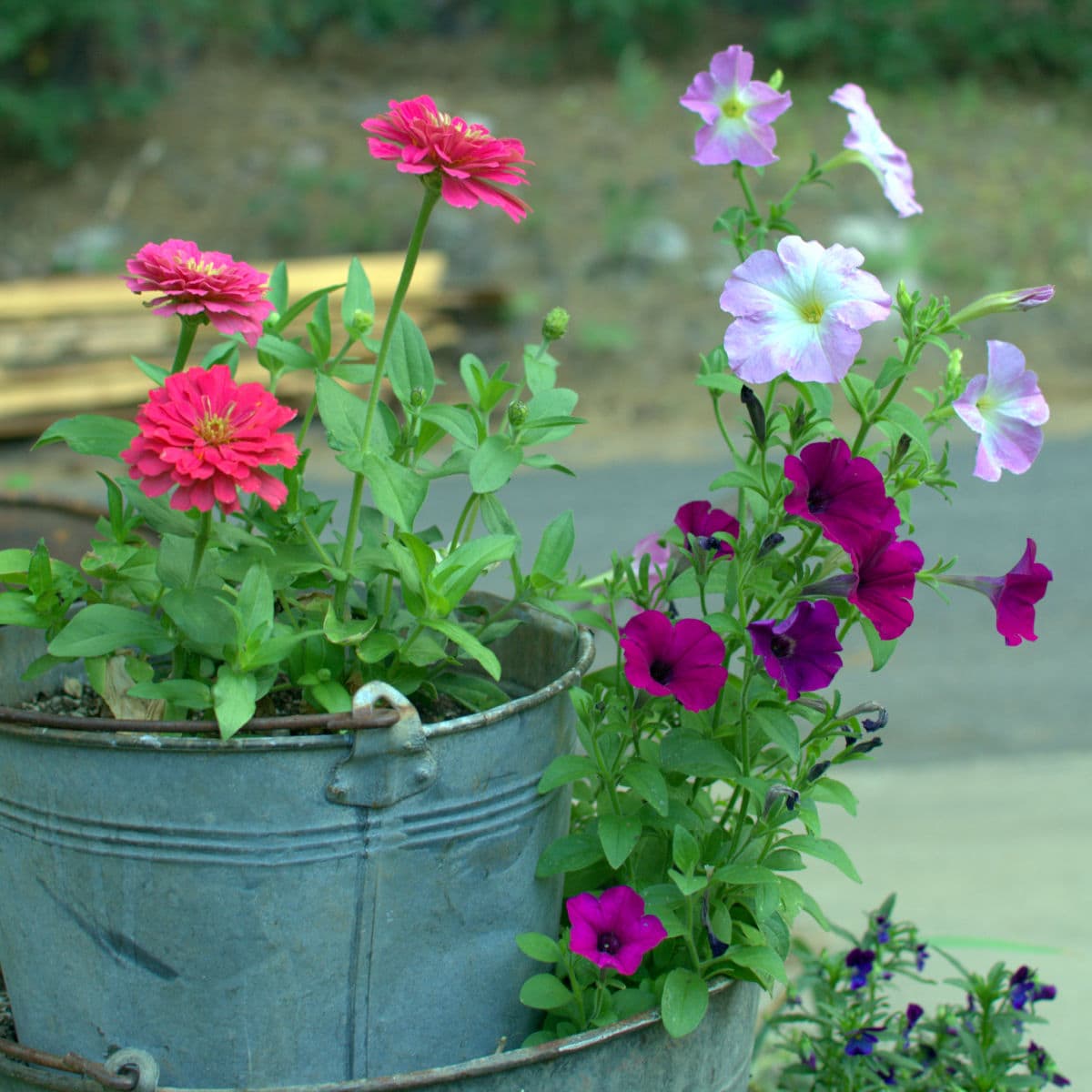
- Zinnia and marigolds: Marigolds are known for their insect-repelling properties, so they can help to keep your zinnias healthy.

- Zinnia and lavender: Lavender is a fragrant herb that can add some height and interest to your zinnia planting.
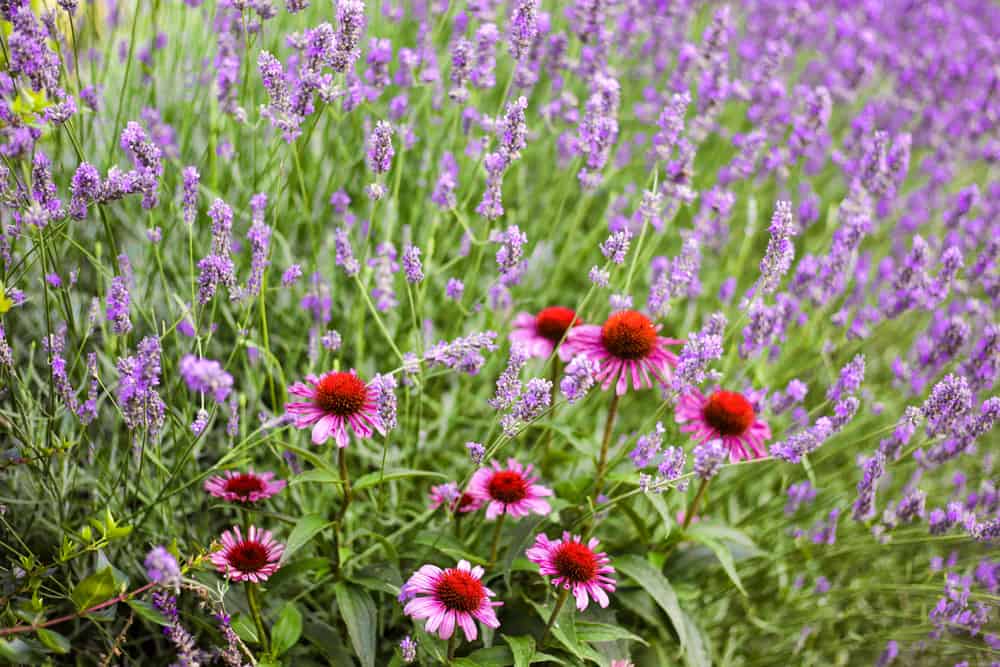
- Zinnia and ornamental grasses: Ornamental grasses can add some movement and texture to your zinnia planting.

Post a Comment for "Zinnia Companion: The Perfect Flower For Your Garden"